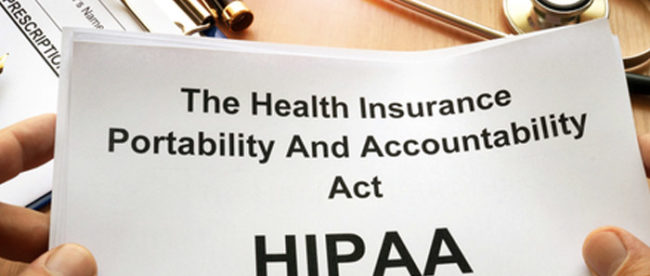Pacific Prime - An Overview
Pacific Prime - An Overview
Blog Article
The Main Principles Of Pacific Prime
Table of ContentsThe Pacific Prime PDFsThe 45-Second Trick For Pacific PrimeSome Known Incorrect Statements About Pacific Prime The smart Trick of Pacific Prime That Nobody is DiscussingSome Known Details About Pacific Prime

This is since the data were accumulated for a period of strong financial performance. Of the approximated 42 million people who were without insurance, almost concerning 420,000 (about 1 percent) were under 65 years of age, the age at which most Americans come to be qualified for Medicare; 32 million were grownups between ages 18 and 65, about 19 percent of all grownups in this age team; and 10 million were children under 18 years of age, concerning 13.9 percent of all youngsters (Mills, 2000).
These estimates of the number of individuals uninsured are generated from the yearly March Supplement to the Present Populace Study (CPS), conducted by the Census Bureau. Unless otherwise kept in mind, nationwide price quotes of people without medical insurance and proportions of the population with different type of insurance coverage are based on the CPS, the most commonly utilized resource of quotes of insurance policy coverage and uninsurance rates.
Top Guidelines Of Pacific Prime

Still, the CPS is especially useful because it generates annual estimates relatively quickly, reporting the previous year's insurance policy coverage approximates each September, and since it is the basis for a regular collection of quotes for greater than twenty years, permitting analysis of fads in protection in time. For these reasons, along with the considerable use the CPS in various other researches of insurance protection that are presented in this report, we rely upon CPS quotes, with limitations kept in mind.

The quote of the number of uninsured individuals broadens when a population's insurance coverage status is tracked for a number of years. Over a three-year duration beginning early in 1993, 72 million individuals, 29 percent of the U.S. https://slides.com/pacificpr1me. population, lacked coverage for at least one month. Within a single year (1994 ), 53 million people experienced at the very least a month without coverage (Bennefield, 1998a)
Six out of every 10 uninsured grownups are themselves utilized. Working does boost the probability that one and one's household members will certainly have insurance, it is not an assurance. Even members of households with two full time wage earners have almost a one-in-ten opportunity of being uninsured (9.1 percent without insurance rate) (Hoffman and Pohl, 2000).
The Best Guide To Pacific Prime
New immigrants represent a significant proportion of people without health and wellness insurance coverage. One evaluation has associated a considerable section of the current development in the size of the united state without insurance population to immigrants that got here in the country between 1994 and 1998 (Camarota and Edwards, 2000). Recent immigrants (those who involved the United States within the past four years) do have a high rate of being without insurance (46 percent), yet they and their children account for just 6 percent of those without insurance coverage country wide (Holahan et al., 2001).
The connection in between medical insurance and access to care is well established, as documented later in this chapter. Although the connection between medical insurance and wellness end results is neither straight nor straightforward, a comprehensive scientific and health and wellness services research study literature links health and wellness insurance coverage to improved accessibility to care, better quality, and improved individual and populace health and wellness status.
Degrees of analysis for checking out the impacts of uninsurance. It focuses especially on those without any health and wellness insurance for any type of length of time.
Pacific Prime Fundamentals Explained
The troubles dealt with by the go underinsured are in some respects comparable to those faced by the uninsured, although they are generally much less serious. Wellness insurance policy, however, is neither essential neither sufficient to obtain access to clinical solutions. The independent and direct effect of wellness insurance protection on accessibility to health services is well established.
Others will get the healthcare they require even without health and wellness insurance, by spending for it out of pocket or seeking it from companies who use treatment complimentary or at highly subsidized prices. For still others, medical insurance alone does not guarantee invoice of care due to other nonfinancial barriers, such as an absence of healthcare providers in their neighborhood, minimal access to transport, illiteracy, or etymological and cultural differences.
Getting The Pacific Prime To Work
Formal research concerning uninsured populations in the United States dates to the late 1920s and early 1930s when the Committee on the Cost of Treatment generated a collection of records concerning funding doctor workplace check outs and hospital stays. This problem became significant as the numbers of medically indigent climbed during the Great Anxiety.
Report this page